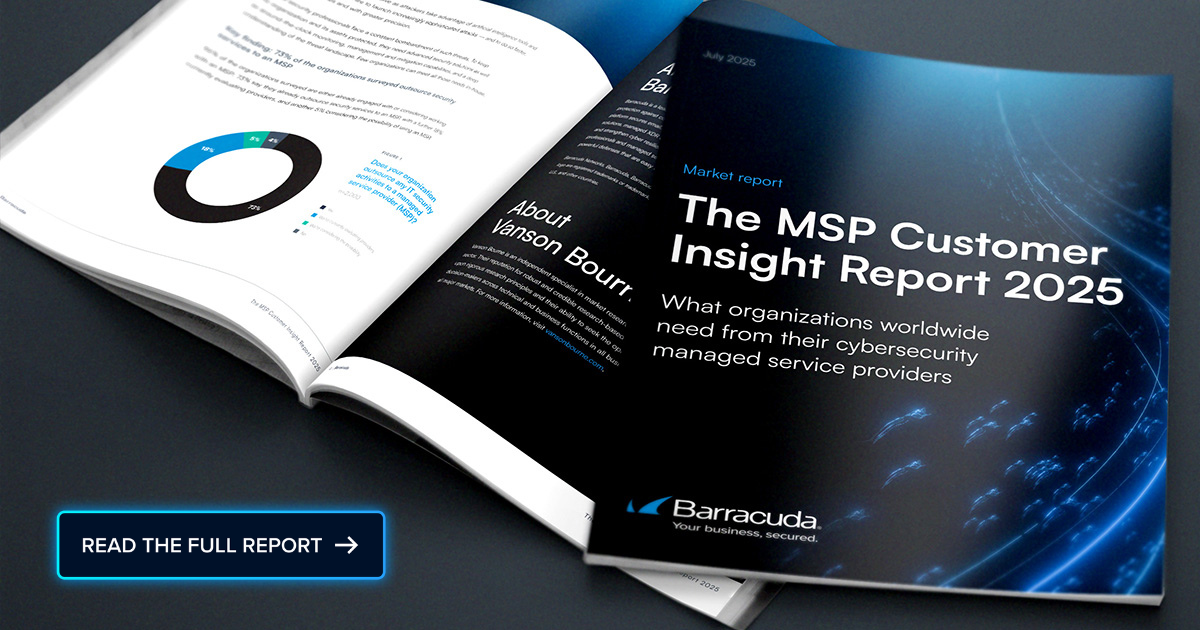 News events can often serve as a gateway for hackers. Disasters or wars provide cybercriminals with immediate opportunities for phishing attacks, while political unrest opens doors for exploitation and financial gain. Even seemingly positive news can pose cybersecurity risks. For example, cybercriminals may exploit public excitement over a sports team’s victory or a national achievement, such as a successful spacewalk, to target unsuspecting individuals.
News events can often serve as a gateway for hackers. Disasters or wars provide cybercriminals with immediate opportunities for phishing attacks, while political unrest opens doors for exploitation and financial gain. Even seemingly positive news can pose cybersecurity risks. For example, cybercriminals may exploit public excitement over a sports team’s victory or a national achievement, such as a successful spacewalk, to target unsuspecting individuals.
How major events can fuel cybersecurity risks
Verizon research revealed that human error causes more than 60 percent of data breaches, with news events often triggering these breaches due to their urgency.
“As major events unfold—whether it’s geopolitical tensions, economic instability, or corporate controversies—we see these stories quickly ripple into harmful online narratives that gain steam and impact financial stability and executive safety,” says Molly Dwyer, Director of Insights at PeakMetrics, a narrative intelligence company. Dwyer also notes that false or misleading claims, deepfakes, and coordinated bot networks push specific agendas and often can escalate into reputational and real-world threats. “When a brand or executive is at the center of, or adjacent to, a significant news event, we consistently observe an uptick in online doxing, threats, and calls for action that can put individuals at risk.”
She notes that following the UnitedHealthcare CEO shooting, for example, there were immediate online discussions focusing on committing similar actions against others. “Months later, people still resurface this language anytime a company is mentioned in a major news event—whether it’s an acquisition, a leadership change, or a policy decision that sparks public debate,” Dwyer explains. She notes that this pattern continues as public attention shifts to new stories.
Be aware of cyber news
Cyber news can sometimes introduce cybersecurity risks. Anmol Agarwal, a professor at the School of Engineering at George Washington University, explains that cyber news often leads people to focus on whatever the headlines highlight. ‘For example, when the Log4j vulnerability became public a few years ago, people rushed to patch it and quickly reacted to the breaking news,’ Agarwal says. He adds that, ultimately, cybersecurity principles remain unchanged, but many still approach cybersecurity reactively rather than proactively.
‘The news draws attention to certain issues, prompting people to rush fixes when, in reality, they should be ensuring the overall security of their systems,’ Agarwal explains. He notes that attackers often exploit zero-day vulnerabilities, which remain hidden and aren’t in the news, without any headlines. ‘Hackers can exploit these unnoticed flaws,’ he adds. ‘But this also encourages less sophisticated attackers—like script kiddies—to get involved. For instance, if hackers know about a flaw in all Windows 11 systems, they may target enterprises still vulnerable to it. Often, organizations can’t patch systems immediately, leading to delays.’
The role of MSPs in early detection
Similarly, when organizations roll back DEI initiatives or face high-profile lawsuits, Dwyer points out that boycott narratives and personal information—including home addresses—continue circulating and gaining traction on social media, often alongside direct threats. ‘These aren’t just isolated incidents,’ she states. She also notes that Forrester recently named narrative attacks a top short-term cyber threat, highlighting the growing risk of weaponized online discourse.
‘For managed service providers (MSPs), detecting harmful narratives and identifying key signals early is crucial in preventing a news event from escalating into a security event,’ Dwyer explains. She adds that security teams should track key online indicators to assess the threat level and determine when to act. These indicators include the volume of posts around a narrative, its spread speed (velocity), overall reach, and signs of bot-like or coordinated activity.
‘These signals can help security teams differentiate between noise and real threats. Given the scale and speed of online discourse, leveraging tools that provide real-time intelligence is essential to identify emerging risks early and mitigate potential harm before it escalates,’ Dwyer concludes.
The evolving nature of cybersecurity threats tied to global news events underscores the need for proactive measures. As we’ve seen, cybercriminals exploit both urgent and positive news to target vulnerabilities. MSPs, CISOs, and IT teams must mitigate these risks by continuously monitoring emerging threats and responding quickly. By adopting real-time intelligence tools and maintaining a proactive security posture, organizations can better defend against the ever-changing landscape of cybersecurity challenges.
Photo: jamesteohart / Shutterstock

